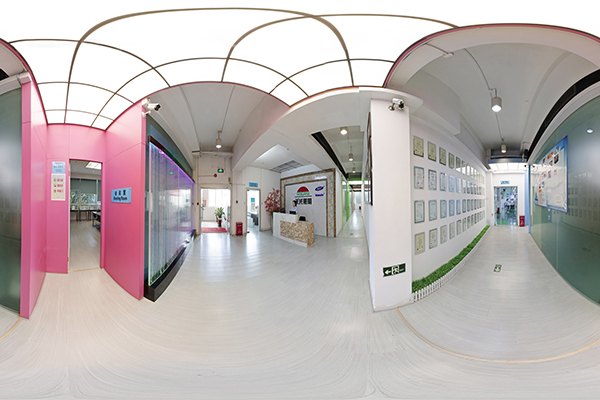Views: 23 Author: Site Editor Publish Time: 2025-01-06 Origin: Site
How to Use Indoor LED Grow Lamp for Planting
Indoor plants receiving sufficient light each day is key to their healthy growth. However, due to climate changes or inadequate natural light in homes, this can sometimes be challenging. In such cases, using grow lights for indoor plants is an excellent solution.
Plant grow lights are specially designed to mimic sunlight or other necessary light conditions from the natural environment, stimulating photosynthesis in plants. LED grow lights can provide the right spectrum for the growth and development of indoor plants at any time of the year. In other words, with grow lights, our homes can become ideal environments for plant cultivation. Whether it’s mature indoor plants or seedlings, they can thrive healthily and potentially yield rewarding results.

The light cycle required by plants varies depending on their type and growth stage. LED grow lights offer adjustable spectrums, controllable light output, and color temperatures, making them ideal for growing different plants and adapting to their various developmental phases. Beyond being useful for indoor plants that require ample sunlight, grow lights are also valuable for gardening, indoor horticulture, plant propagation, and food production—including indoor hydroponics and aquatic plants.
To improve growing conditions during winter or in harsh environments, more people are turning to indoor planting. However, indoor cultivation has never been easy due to the lack of sufficient sunlight. If you want to grow plants indoors, lighting becomes a critical issue to address, and one fantastic solution is installing grow lights for your indoor plants.
Grow lights play a vital role in indoor planting. While they may be somewhat expensive, their benefits and output make them well worth the investment. After all, they provide specific light spectrums to support all stages of plant growth. This means grow lights enable us to cultivate a wide variety of plants indoors at any time of the year.
When using plant grow lights, some might wonder, “If I keep the lights on all day, will my indoor plants grow faster and stronger?” Absolutely not!
Keeping the lights on 24/7 is impractical because darkness is also essential for plant growth. Just as humans need rest at night to recharge our brains and organs, plants need a “rest” period in the dark to transport nutrients to different parts of their structure and prevent overgrowth.
Plants require a light-dark cycle to develop properly, and the amount of light they need varies by species. With this in mind, it’s best to determine the appropriate daily light exposure for the specific indoor plants you’re growing. You can check seed packets, plant labels, or ask at a nursery about the sunlight needs for hydroponic plants, growth, or flowering.

Careful placement of grow lights is crucial for effectively simulating ideal sunlight conditions. Undoubtedly, suspending or positioning the lights above plant beds or pots is a relatively good choice. This setup mimics natural sunlight from overhead, ensuring all sides and leaves of the plant are exposed to artificial light. However, the position should be adjusted based on the type of plants being grown and the specific grow light used to maintain an appropriate distance. For example, fluorescent and LED grow lights emit less heat, so they are generally recommended to be hung 50-100 cm above the plant canopy.
As mentioned earlier, the lighting needs of plants differ greatly between their seedling stage and maturity, so choosing the right grow light for indoor plants requires careful consideration:
Size: Determining the appropriate size of the grow light is critical to ensure it covers all the plants you’re cultivating. When deciding on the size, consider the number of plants that need coverage. Also, ensure there’s enough space around the grow light to prevent it from touching other objects in the room, which could affect heat dissipation and pose safety risks.
Type: From simple bulbs to high-powered ceiling-mounted lights, there are various types of grow lights on the market. To choose the right one, consider the type of plants you’re growing, the existing natural light conditions, and the planting setup (e.g., pots or hydroponics).
Ease of Use: No one wants to deal with complicated installation or operation after buying a grow light. Thus, opting for a user-friendly model is important. Look for lights that are easy to install, dismantle, and control. If you plan to move the light between locations, choose a lightweight, portable option. Models with remote control features can save time and offer better management of the plant growth process.

